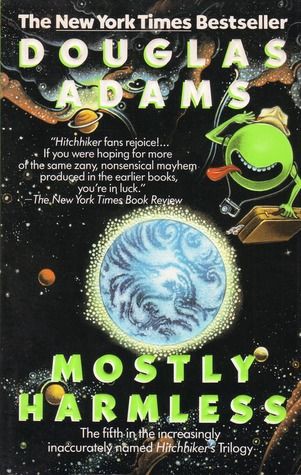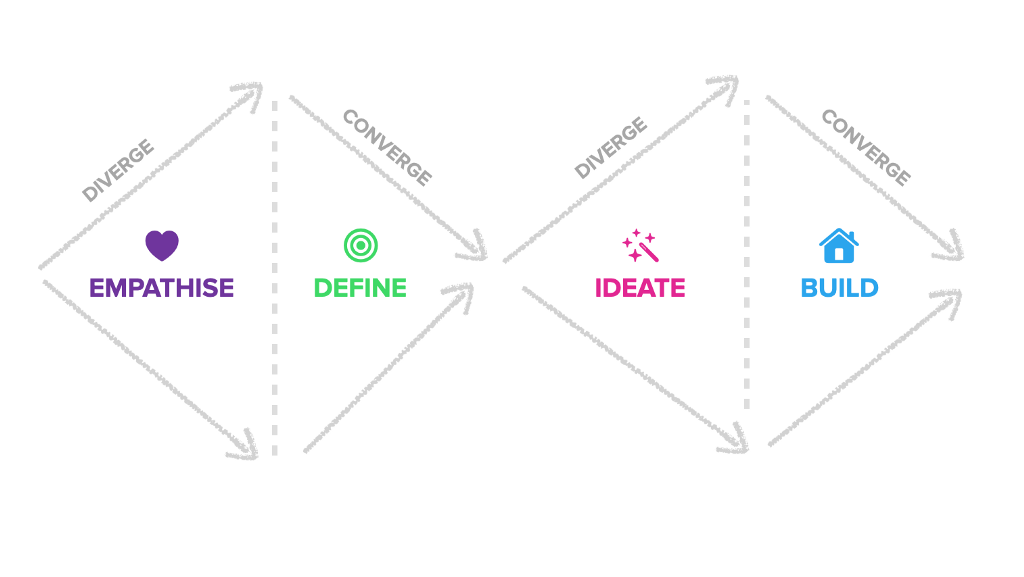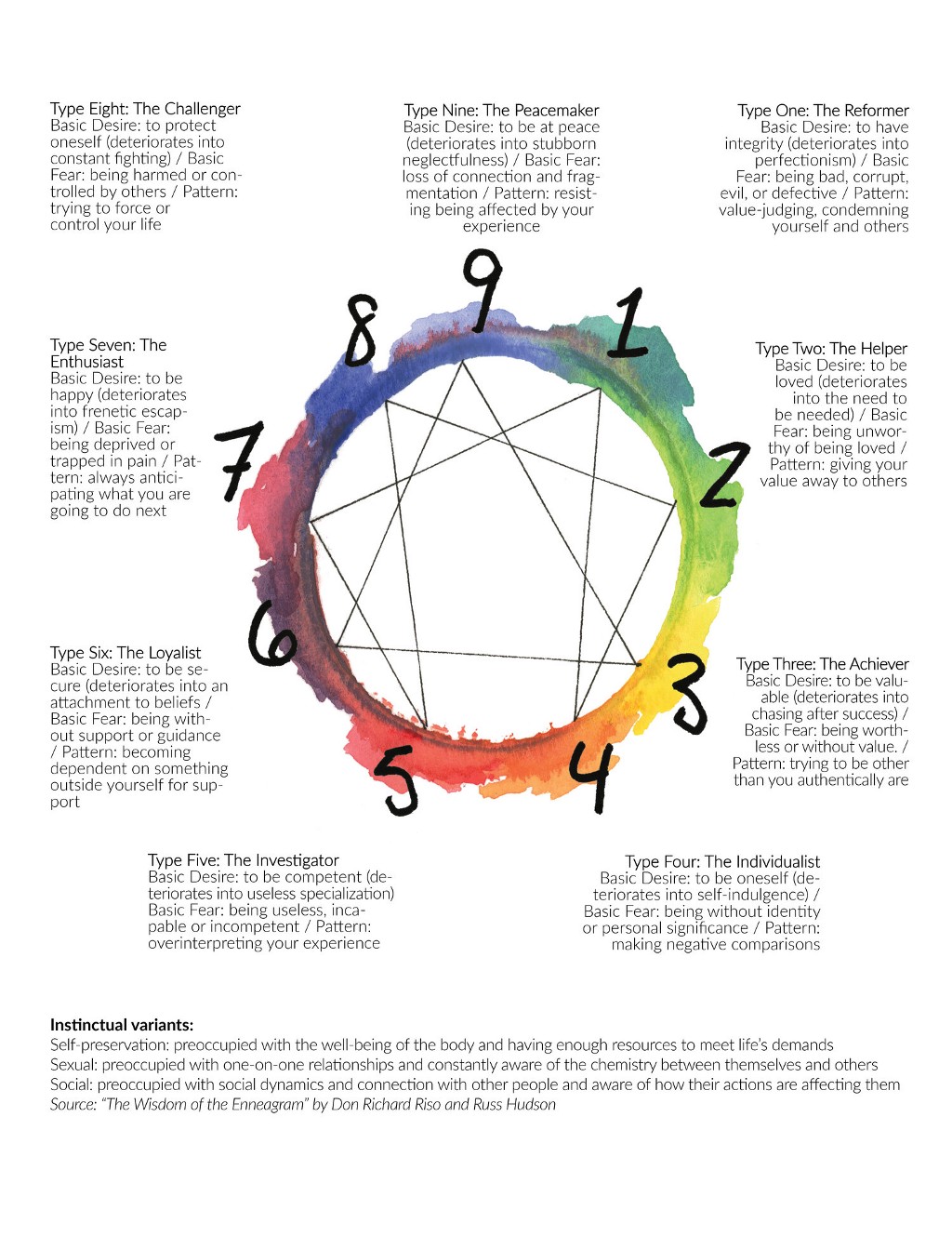Hi, people in the UX Design and Product world. This post is the second in a series I’m writing, based on conversations I’ve had with Product and Experience Designers and leaders in the field, who prosper despite working in some really harsh environments. And when I say “harsh”, I’m talking about business environments that are pretty volatile and where the UX Designer* role is often ambiguous, overloaded or in conflict with the roles of other team members, these 3 factors being strong predictors of burnout.
In Part 1 of this series, I wrote about a conversation with a friend who works as the Design Director at a commercial bank in South Africa. You can read the entire post over here if you are that way inclined. For most of the readers, who don’t have yet another 15 minutes to spare, his advice centred around 3 things:
- A crew: you need team members who have your back and will happily fail with you
- A rocket: you and your crew need to share the same clear vision of what it is you are trying to achieve
- A trail of destruction: you need to accept that destruction is necessary if you want to make change happen
This second piece is based on a chat I had with Jen**, who is the Chief Experience Officer at a pretty big digital agency in South Africa. In contrast with the advice given by my friend in Part 1, her advice looked more inward.
Jen and I worked together years ago.
She’s the kind of person I’d have a nonchalant conversation with about aliens visiting humans, giants walking the earth back in the day and how we’re all living in an endless spectrum of possibilities that are playing themselves out simultaneously in every moment. And then about the best new coffee places in Melville (in Jo’burg), or how Jen’s freakishly large canary is always bullying the smaller one. We would also have fun talking about nerdy UX things like progressive disclosure and the right content types for a particular customer’s website, or exactly how to visualise individuals’ financial wellness on a dashboard.
Jen is not someone I’d describe as narrow-minded.
She has also totally prospered in a frenetic agency environment, where she really stands out for being the calm in the storm. When I think of her, the likeness that jumps to mind is Venus’s expression in the famous Botticelli: completely calm and focused on a future the rest of us can’t see. Yet.

In highly charged situations with silly deadlines and wildly different personality types, she would be the person focused on the next steps and how to make it happen.
Jen and I met over Zoom this time, on a Friday afternoon. I was grateful that she had made time for me. I’m pretty sure her calendar looks like a bad Tetris game nearing its end. Case in point, towards the end of our hour, she had to excuse herself to get to her next work-related meeting, at 6 pm on a Friday.
I told her that I was feeling a bit burnt out and disillusioned with UX Design and needed to understand how she did it. How did she keep up the Venus look-and-feel? How did she convince heavily immovable big businesses to change their direction and veer towards customer centricity, all amidst the insanity of ad agency life? Jen had two broad pieces of advice for me that I’d like to share: know yourself and know when to let go. They sound unrelated, but it turns out they’re completely connected.
Know Yourself
Jen first reminisced a bit about our time working together years ago. She then said that she suspected that my personality type lent itself out to burnout and that this was something for me to ponder. From anyone else, these would have felt like harsh words, but coming from her, they settled down gently.
She spoke about her current team, whom she clearly adores. They had all completed the same personality type assessment (a version of the Myers-Briggs Type Indicator or MBTI for short) and had spent a good amount of time talking about each team member’s type and how they might work together better. She recommended this kind of exercise for any team I might find myself in.
I’ve never been a particularly big fan of the MBTI or any personality or psychometric tests as guides for important life decisions. I believe (together with Walter Mischel) that our personalities aren’t quite as static or as dependable a predictor of our behaviour as we might think. Our environments and situations play a much bigger role than we care to admit. Also, neuroscience has shown that we are able to consciously reprogram how we respond to events and thoughts. We can train ourselves to have healthier default reactions to stressors over time by practising mindfulness, as an example.
I also think we are epically bad at assessing ourselves and the world around us. This is why another objective and professional human being (like a therapist, coach or counsellor) might be a better call. I love this Daniel Kahneman quote:
The world in our heads is not a precise replica of reality; our expectations about the frequency of events are distorted by the prevalence and emotional intensity of the messages to which we are exposed.” ~ Thinking, Fast and Slow
Basically, our experiences and expectations are based on odd personal distortions of reality, and knowing yourself might help you to see what your very own personal distortion eyewear is doing.
Getting back to the MBTI, it’s well-known that the statistical and test validity of the MBTI has been the subject of a lot of criticism, with some of the harsher critics even comparing MBTI type descriptions to horoscopes. But I think the strength of the MBTI lies in how it might help you and your team to discover something about yourselves that you weren’t actively aware of, and therefore not consciously considering while going about your day, designing and building digital products under stressful conditions.

Douglas Adams, bless his galactic backpacking soul, said it well:
“In astrology*** the rules happen to be about stars and planets, but they could be about ducks and drakes for all the difference it would make. It’s just a way of thinking about a problem which lets the shape of that problem begin to emerge. The more rules, the tinier the rules, the more arbitrary they are, the better. It’s like throwing a handful of fine graphite dust on a piece of paper to see where the hidden indentations are. It lets you see the words that were written on the piece of paper above it that’s now been taken away and hidden. The graphite’s not important. It’s just the means of revealing the indentations. So you see, astrology’s nothing to do with astronomy. It’s just to do with people thinking about people.” ~ Mostly Harmless
***and personality type assessments :)
Two more strengths of the MBTI are its popularity and simplicity. I was always surprised when people rattled off their four-letter Myers-Briggs type, but having done a version of the assessment myself, I get it. Once you understand what the four letters mean, you won’t forget them, and people just adore sharing and comparing theirs with yours. It’s like being in a global club of 16-personality-typers.
I’ve spoken to a few other considerate Product and UX people in the last while, and it seems as if many product businesses have done some kind of personality or strength-and-weakness assessment to help people understand themselves and their teammates a little better, ultimately to perform better.
For some of the designers I spoke to, the assessments might help in as basic a way as knowing who will sincerely appreciate and warmly respond to a genuine “How are you?” and who would love to skip the fuzzy bits and hit those bullets in the meeting agenda right away.
Thinking about the natural and never-ending cycle of product design and build, it’s also probably good to know who in your team is going to be energised by certain exercises and who might enjoy it, but need breaks in-between and a nap afterwards. And it’s not as easy as looking at the classic Design Thinking Process and mapping all the extraverted people to the divergent sections and the introverted people to the convergent parts.

I’m an introvert, but running one-on-one usability tests and customer interviews is one of my favourite things in the world. And after about four of them on one day, I’m shattered. On the other hand: give me a prototype to get built, and I’ll keep going until somebody or something stops me. We can still enjoy doing things that deplete us, but we need to be clever about this.
We’re all finite. We have a finite amount of mental energy, with some activities energising us and others depleting us. We need the collective to temper, encourage and combine the right ideas and activities at the right times.
When we know ourselves and the people in our Product teams and we know what kinds of tasks
- need intense group work or hours of individual focus,
- need more gut-feel decisions vs concrete choices,
- need structured thinkers and which need free thinkers and who those people are,
- need a more empathetic or a more analytical response and who the empaths and analysts in the team are,
we’re more likely to perform well together, be happier and find a sense of personal meaning in our work. This has definitely been the case for Jen’s team.
Not everyone trusts the MBTI. Some swear by the Big Five or the Enneagram or some other assessments that may involve other teammates assessing you (which helps for those of us who tend to assess ourselves more or less favourably than we should).

Perhaps the best thing anyone can learn from these myriad assessments is this: you are finite, and some things energise you and others deplete you. Just like everyone else in your team. So it’s probably good to get comfortable with your vulnerabilities and to help everyone to play to their strengths, including you.
Let Things Go
The second part of Jen and my conversation was about the notion of meaningful work and knowing when to let go of things, rather than trying to control all the moving parts of a digital Product team.
Jen told me how she had learned over the years to set boundaries with clients and that she had started giving one day of her work week to support worthy startups in a consulting role. She said something that stayed with me (paraphrased from memory):
“You have to learn to not always be in control of the outcome of your efforts. You give something of yourself, and then you have to let it go. You kind of send your energy out into the world, like ripples in a pond, and then you have to trust the universe to pull everything together in the right way.”
I shared her words with another UX friend, who immediately wanted to know what Jen was on because it’s obviously the good stuff. I suppose the ripples in the pond part does sound a bit…spiritual, but I thought about it again. And again.
I identify very strongly with my work, as most designers do. We put ourselves into the things that we make, and even the most thick-skinned and experienced designers feel some pain when their work is criticised or unkindly evaluated or turns out to be flawed somehow (as it always is). If we’re good designers, we set out to design solutions and not to do harm, right? It takes years of practice to listen, to think (unemotionally), and to respond sensibly to less favourable feedback. I’m almost there.
But there’s a next level that I need to work on. And I don’t think I’m unique in this.
For me to feel good about myself, I need to deliver work that I am proud of and that I feel makes a positive change in the world, however small that change might be. This is a dangerous place to be in if you’re part of a team — and just about all UX Designers are. Allowing one’s sense of well-being to be tied up with the outcome of a group’s effort is pathological. Let’s say you are part of a Product team where everyone is aligned in terms of values and goals and measures quality in the exact same way. This is rare, but hypothetically it’s possible. The thing is, even if this is true of your team and everyone is perfectly aligned and has the same idea of what success looks like, other stakeholders and managers and externally determined deadlines and technical constraints and revenue (!) will impact what the outcome of the team’s effort is.
In Product Design, there will always be forces that are out of your control. So you need to figure out what your best effort looks like and how you can best support all the members of your team to deliver their best. And then you need to allow the work to happen. And sometimes, it’ll be the outcome you had hoped for, but sometimes, technical and financial realities and constraints will take what’s due to them and the outcome of all of your (and your team members’) efforts might not be the ideal user experience you had in mind.
It is what it is.
The good news is that every now and then the universe will play along and the outcome will be something that’s good for the world.
And finally, as a compassionate and wise friend keeps on saying to me:
Everything is connected.
Knowing when to let go of the outcome of your work is inextricably tied up with being aware of who you are. In this article, the author writes beautifully about Practical and Pure Authenticity. Basically, we can’t always be 100% true to ourselves (that’s the one called Pure Authenticity). Sometimes we have to practice Practical Authenticity, where we change our behaviour and our expectations for the sake of the greater good. You are the only person in the world who will know when you’ll have peace of mind in letting go.
***
And there you have it! Two beautifully simple things to ponder, if you’re fighting the good fight in the world of Product Design or UX Design. Know yourself. Let things go.
For anyone who wants to really get into the part about knowing yourself better, I can truly recommend grabbing a copy of “How Will You Measure Your Life?”, written by none other than the legendary Clayton Christensen, as well as James Allworth and Karen Dillon. Read it right to the end, and do the exercise in the last chapter. It has changed my distortion eyewear a bit.
Some footnotes:
*UX Designer or Product Designer, Customer Experience Designer, Service Designer, UI Designer, UX/UI Designer, Product Manager, Interaction Designer or any of the roles involved in building great and thoughtful digital products for fragile human beings.
**Jen is a pseudonym for a real person, who really looks a little bit like Botticelli’s Venus.

How to survive a design career and avoid burnout (Part 2) was originally published in UX Collective on Medium, where people are continuing the conversation by highlighting and responding to this story.
